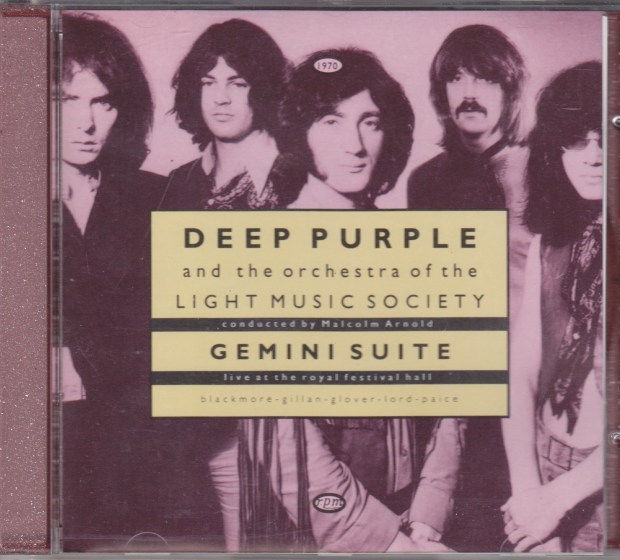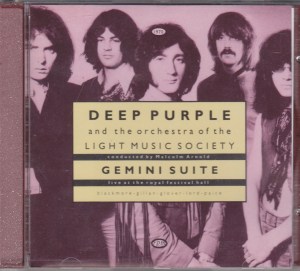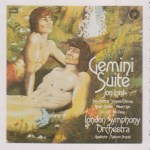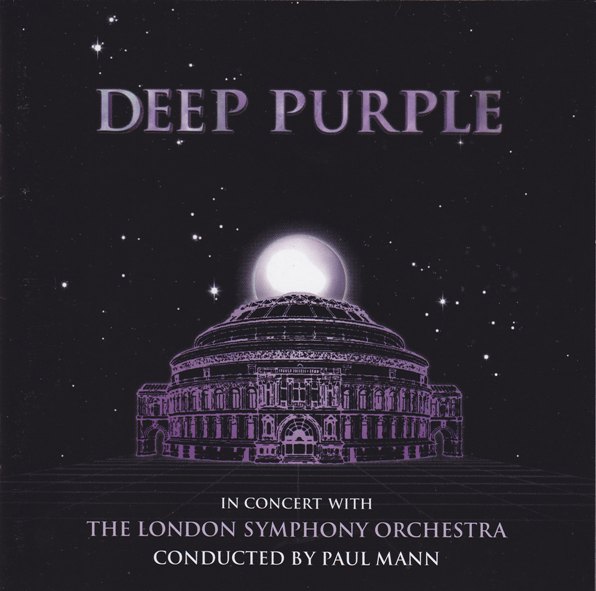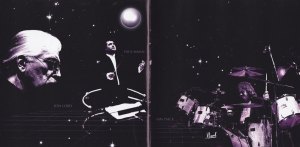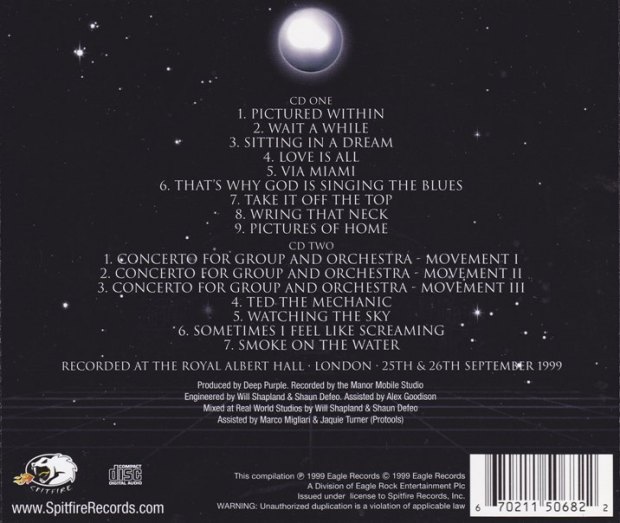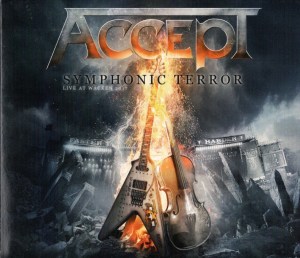 ACCEPT – Symphonic Terror – Live at Wacken 2017 (2018 Nuclear Blast)
ACCEPT – Symphonic Terror – Live at Wacken 2017 (2018 Nuclear Blast)
They weren’t the first, but they did it with their own twist. It was inevitable that even a band with the heavy metal roots of Accept would eventually go symphonic. Guitarist/leader Wolf Hoffman released his first classical album in the 90s, and in 2016 made the Headbanger’s Symphony record, adapting classical pieces to metal with Czech National Symphony Orchestra. Accept’s Symphonic Terror combines their own metal masterpieces with the classical/metal hybrid Headbanger’s Symphony at Wacken 2017, to create a unique musical experience.
Like Kiss with their symphonic detour, Accept chose to break the set into sections. The first consists of five Accept songs, mostly new, performed straight by the band with no extras.
“Die by the Sword” was the logical opener, also being the starting track on Accept’s newest album The Rise of Chaos. The biting riff storms the Wacken stage. It is vocalist Mark Tornillo who proves his worth over and over again through the entire show. With voice set to full-grit he delivers all the power and melody that Accept’s material demands. Not an easy gig. Second, it’s the riffy “Restless and Wild” from Accept’s 1982 album of the same name (an album that they return to more than once on this night). It’s singing the old Udo material that people will judge Tornillo by, and he does the job. By necessity, it’s done with his own twist. Another sharp Rise of Chaos standout, “Koolaid” is rolled out to great effect. They dig back to the first album with Mark for “Pandemic”, riding the Peter Baltes bass groove to heavy effect. Finally it’s the speed metal of “Final Journey” from the Blind Rage album. Not the finest song of the set, but a banger indeed.
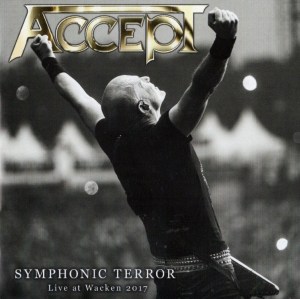 The Headbanger’s Symphony featuring the Czech National Symphony Orchestra has a different set of musicians in the front. Wolf Hoffman and drummer Christopher Williams remain, while Mark Tornillo, Peter Baltes and Uwe Lulis are replaced by keyboardist Melo Mafali, guitarist Phillip Shouse and bassist Daniel Silvestri. With the full might of the orchestra behind them, they take on the tempests of “Night on Bald Mountain” (Mussorgsky). It’s not a pure adaptation, but more a thrash metal version with an orchestra. “Scherzo” (Beethoven’s Ninth Symphony) is fully enjoyable and a better melding of the two styles. Moving on to Prokofiev, “Romeo and Juliet” is slow and plodding. Even with a burning hot Hoffman solo, it’s the least interesting. I don’t think Beethoven envisioned the heavy riffing of “Pathétique” but you never know. Did Beethoven invent speed metal? Judging by this, he might have. Vivaldi is next, the metal shredder’s favourite. “Double Cello Concerto In G Minor” is less familiar but continues to combine the heavy and delicate music with an emphasis on the heavy. Mozart closes the Headbanger’s Symphony set with “Symphony No. 40 In G Minor”, a familiar favourite made heavy enough to sound eerily similar to Queensryche’s “The Needle Lies”.
The Headbanger’s Symphony featuring the Czech National Symphony Orchestra has a different set of musicians in the front. Wolf Hoffman and drummer Christopher Williams remain, while Mark Tornillo, Peter Baltes and Uwe Lulis are replaced by keyboardist Melo Mafali, guitarist Phillip Shouse and bassist Daniel Silvestri. With the full might of the orchestra behind them, they take on the tempests of “Night on Bald Mountain” (Mussorgsky). It’s not a pure adaptation, but more a thrash metal version with an orchestra. “Scherzo” (Beethoven’s Ninth Symphony) is fully enjoyable and a better melding of the two styles. Moving on to Prokofiev, “Romeo and Juliet” is slow and plodding. Even with a burning hot Hoffman solo, it’s the least interesting. I don’t think Beethoven envisioned the heavy riffing of “Pathétique” but you never know. Did Beethoven invent speed metal? Judging by this, he might have. Vivaldi is next, the metal shredder’s favourite. “Double Cello Concerto In G Minor” is less familiar but continues to combine the heavy and delicate music with an emphasis on the heavy. Mozart closes the Headbanger’s Symphony set with “Symphony No. 40 In G Minor”, a familiar favourite made heavy enough to sound eerily similar to Queensryche’s “The Needle Lies”.
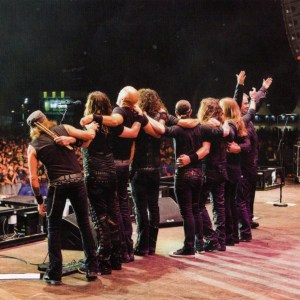 The orchestra stays on stage for the remainder of the show, peppered with new and old Accept classics. Accept’s music works well with the orchestra behind, arguably better than Metallica’s does.
The orchestra stays on stage for the remainder of the show, peppered with new and old Accept classics. Accept’s music works well with the orchestra behind, arguably better than Metallica’s does.
Back to 1982 and “Princess of the Dawn”, an awesomely enhanced Udo-era metal classic. However it is “Stalingrad” that is the show stealer, a song clearly suited to the orchestral treatment. It sounds as if the string section is charging into battle with the band. Blind Rage‘s “Dark Side of My Heart” comes to life in this new form, a superior track to the original. The punchy horns, the silky strings — everything comes together to raise the track to a higher level.
Back to 1981, the classical musicians may have had a difficult time keeping up with the speed metal of “Breaker”! They get a “break” on the more deliberate pace of “Shadow Soldiers”, an excellent tune adapted well to the orchestra. Another album highlight. “Dying Breed” is a heavy track from Blind Rage, a little same-same sounding to other tracks like “Stalingrad”.
“Fast as a Shark” is the last of the speed metal tunes that the symphony has to try and keep up with. They sure sound wonderful together on the neoclassical guitar solo section. “Metal Heart” (with classical interlude) and “Teutonic Terror” both work well enhanced, but “Balls to the Wall” is surprising. It’s always been a bit silly, but it sounds great with an orchestra. Too bad Mark couldn’t nail that “sign of victory” part, but the absurdity of “Balls to the Wall” with a symphony is not lost.
Symphonic Terror was the second live album with Mark Tornillo on vocals. Only about half overlaps with the previous one, and when you consider the differences offered by the symphony, not much overlap at all.
4/5 stars
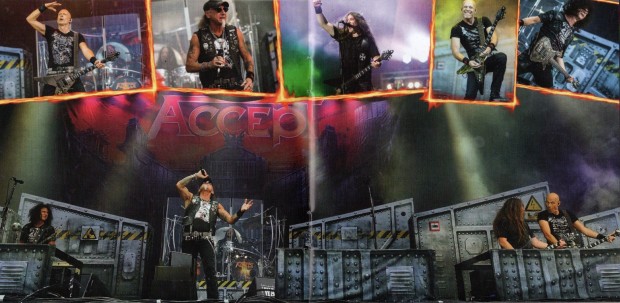
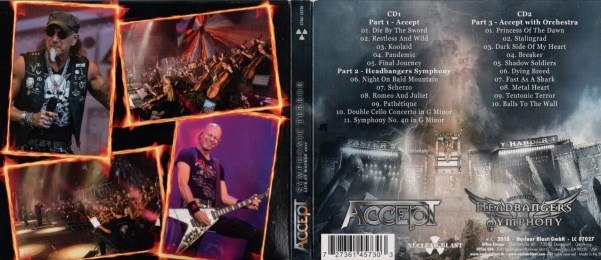

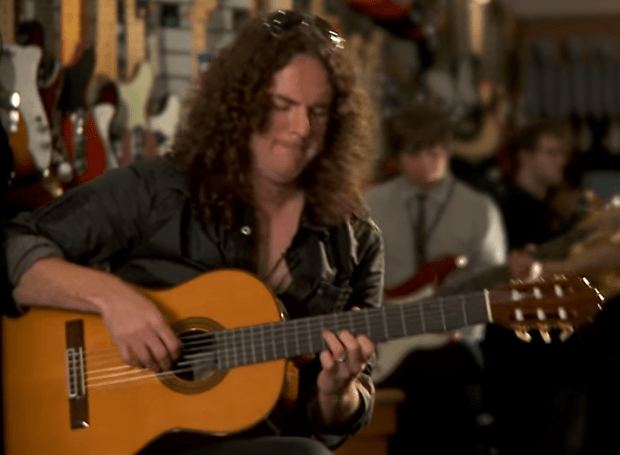
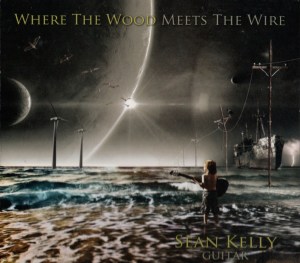

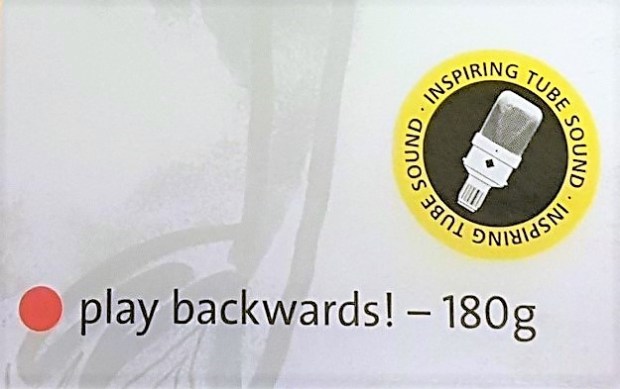
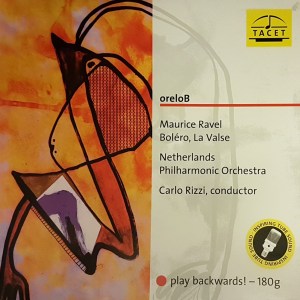



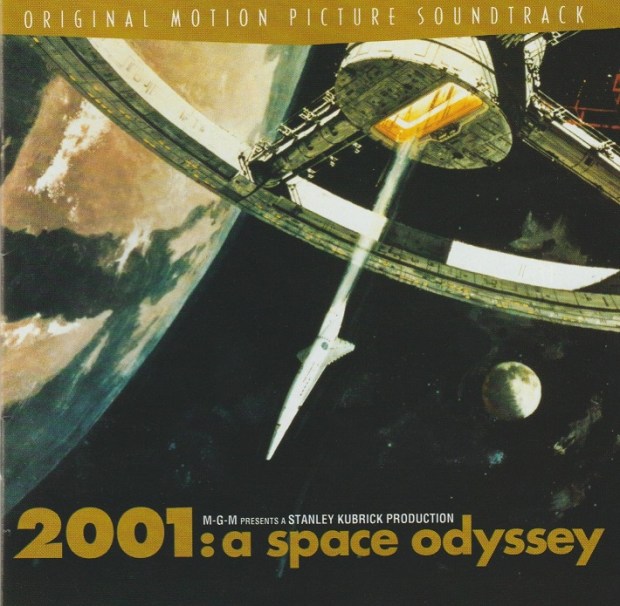

 2001: A Space Odyssey – Original motion picture soundtrack (originally 1968, 1996 Rhino remaster)
2001: A Space Odyssey – Original motion picture soundtrack (originally 1968, 1996 Rhino remaster) After the chaos of “Requiem” and “Atmospheres”, Strauss’ “Blue Danube” offers a warm respite. The brilliance of the “Blue Danube” in the film is how Kubrick managed to capture the dance-like coordinated movements of objects in space. A shuttle docks with a spinning space station; spinning of course to create artificial gravity that humans need to survive long-term in space. This complex docking maneuver requires no dialogue, just Strauss. But space is a cold deadly place, hostile to almost all known life. Ligeti returns, as he must, with “Lux Aeterna”. This music was used to back Dr. Floyd’s trip across the lunar surface to meet the Monolith. It is mildly disconcerting, as is what Floyd’s team finds.
After the chaos of “Requiem” and “Atmospheres”, Strauss’ “Blue Danube” offers a warm respite. The brilliance of the “Blue Danube” in the film is how Kubrick managed to capture the dance-like coordinated movements of objects in space. A shuttle docks with a spinning space station; spinning of course to create artificial gravity that humans need to survive long-term in space. This complex docking maneuver requires no dialogue, just Strauss. But space is a cold deadly place, hostile to almost all known life. Ligeti returns, as he must, with “Lux Aeterna”. This music was used to back Dr. Floyd’s trip across the lunar surface to meet the Monolith. It is mildly disconcerting, as is what Floyd’s team finds.

